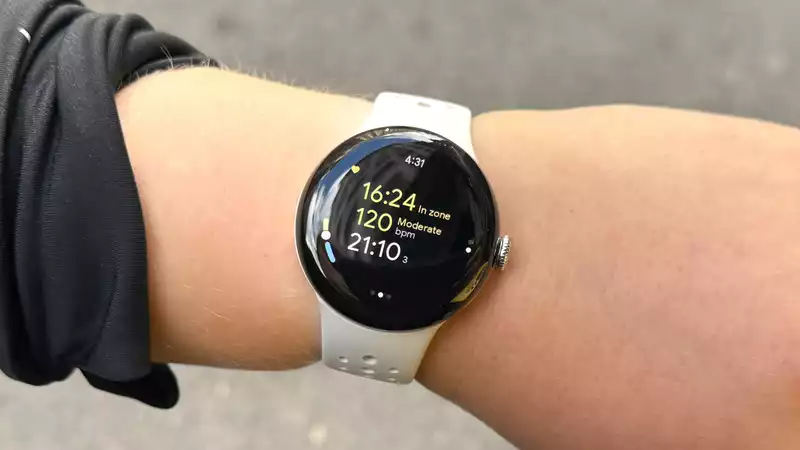We didn't expect to be impressed with the battery life of the Google Pixel Watch 2. Google claimed that the second-generation smartwatch's battery life was the same 24 hours as before, but now it lasts that much longer with the Always On Display enabled. While that feature is certainly an important convenience, I was more concerned about the battery drain from workout tracking.
When I tested the debut model of the Google Pixel Watch, GPS-based activity tracking caused my unit's battery to drop about 20% per hour. In my testing, this meant that the Pixel Watch would only last 5 hours while tracking my location. Whether walking, running, cycling, or a combination of all three, this battery performance lowered my expectations for the Pixel Watch 2.
Although I was not optimistic, I decided to put on the Pixel Watch 2 and walk throughout Manhattan. I started my 14-mile journey around 11:00 a.m. with 100% battery power and was confident that the watch would not last until I got down to Battery Park, the southernmost tip of the island.
During the walk, I recorded a one-hour check-in, which can be seen in the Google Pixel Watch 2 review on YouTube. To my surprise, the Pixel Watch 2's battery was only down about 10%. This suggests that the switch from the Samung Exynos processor to the Qualcomm Snapdragon W5 not only made the always-on display more power efficient; it also meant that other battery-draining functions, such as continuous GPS connectivity, could be performed with less impact on the watch's stamina. meant that other battery-draining functions, such as continuous GPS connectivity, could be performed with less impact on the watch's stamina.
My walk included several stops for sightseeing and refreshments. I could have completed the trip in 4.5 hours without a short stop, but I wanted to make it a meaningful experience if my legs were going to be wiped out for days afterward. So it was 5:30 p.m., or six and a half hours later, when we arrived at our destination (the west-facing Statue of Liberty observation deck).
My ankles and calves ached, and as I looked down at my wrist, I expected the Pixel Watch 2 to be running low on battery since it had been tracking my location around Manhattan all day. However, with 35% battery power remaining, it wasn't even in the warning zone. Throughout the entire walk, the Watch continued to drain at a rate of 10% per hour.
In other words, my watch would not have lasted the full 24 hours, but walking 14 miles in a day is not considered "normal use." Instead, if the GPS was actively connected and tracking my location, the watch would last a total of 10 hours. This is doubling down on my experience with the original Pixel Watch, and represents a degree of improvement that I did not necessarily expect.
Does it still lag behind many of the best smartwatches and best sports watches? Absolutely. I recently tested the Garmin Venu 3 and recorded a battery life of 14 days of normal use and up to 26 hours of continuous GPS use. But this is a step in the right direction for Google's smartwatch, meaning that at least you can now go on a day's adventure without fear of your watch running out.










Comments